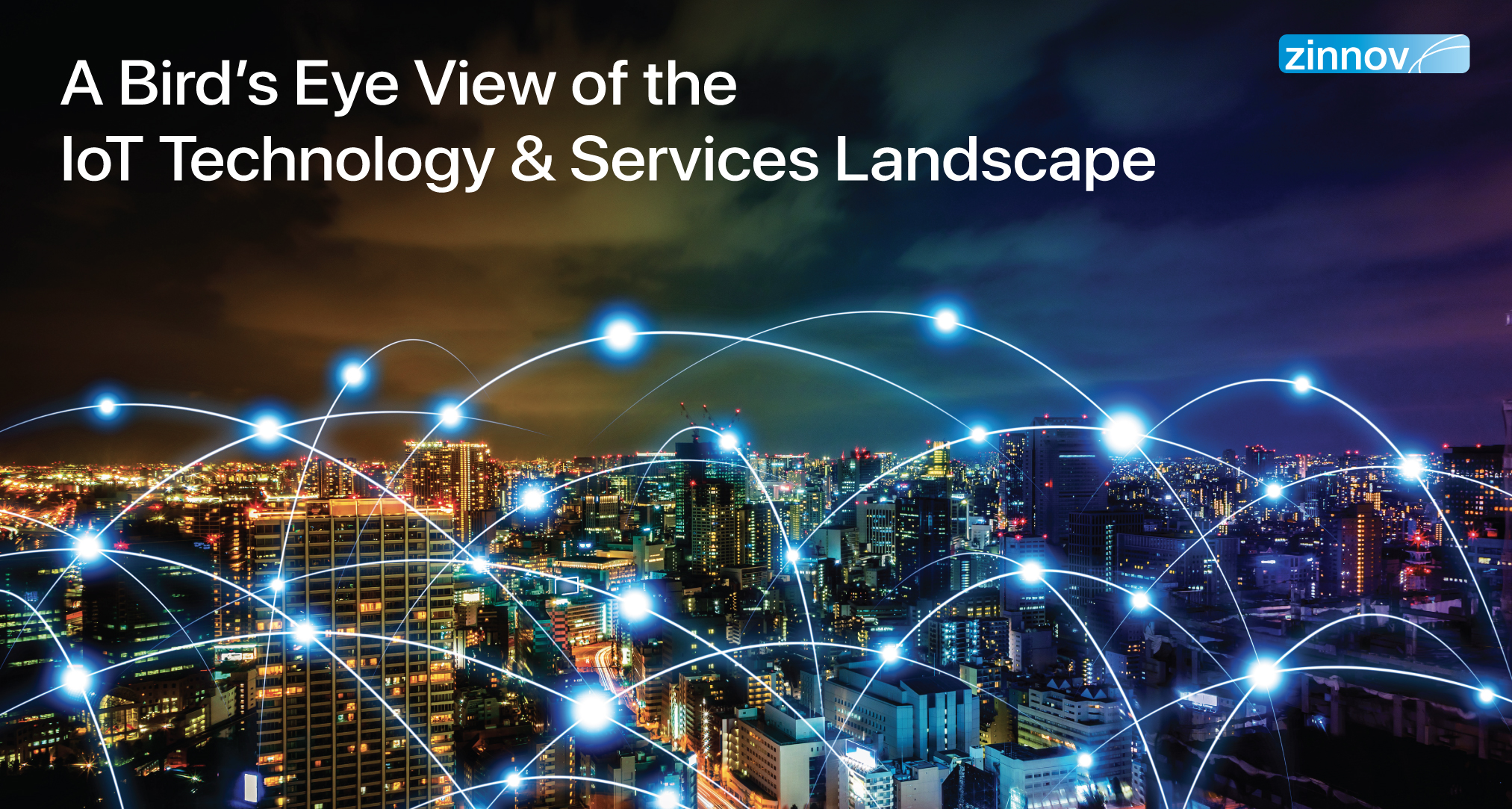|
|
by Sivaram S, Engagement Lead, Zinnov; Chaitra Ramalingegowda, Marketing, Zinnov

The Internet of Things (IoT) presents a massive opportunity to the technology ecosystem that could potentially transform the way we live and conduct business. With IoT being such a big influencer in the digital transformation of the technology ecosystem as a whole, it pays to know who the biggest players, the highest spenders, and the niche Service Providers are with whom Enterprises can partner with to provide world-class solutions to customers.
The IoT Technology & Services market presents a massive opportunity for Service Providers and Enterprises alike. According to Zinnov Zones 2018 IoT Technology & Services report, the total IoT Technology & Services spend will more than double in the next five years, from USD 201Bn to USD 500Bn. This signifies a rapid growth of the IoT Technology & Services market at a CAGR of 20% by 2023.
So what’s driving this massive IoT spend?
It is a convergence of factors outlined below:
Of course, this roadmap is not without its challenges. It is no surprise that security and privacy remain among top concerns of Enterprises and Service Providers alike, given that we live in the post-Snowden and post-Wikileaks era. Further, lack of interoperability locks potential value from IoT systems.
Enterprises are mature when it comes to adoption of IoT for operations excellence. Further, customer experience has successfully leveraged IoT to enable new products/services. Owing to unclear visibility on RoI, coupled with the level of complexities involved in transforming existing business models, IoT adoption to enable new revenue streams is not as mature yet. In fact, ~60% of IoT initiatives get stalled after the PoC stage. Enterprises need to take an agile and iterative approach while focusing on demonstrating value at each stage to internal and external stakeholders in order to cross this IoT chasm.
In order to enable successful IoT adoption, Enterprises are undergoing internal transformation:
Service Providers are playing a key role in the IoT ecosystem and hand-holding Enterprises for multiple IoT-based transformative initiatives. The Zinnov Zones IoT study analyzed the existing business of IoT Service Providers, where the addressed market share currently stands at USD 4.9Bn. This shows a marked growth of 28% in the last one year. Further, the IoT services marketplace is highly consolidated with the Top 25 Service Providers accounting for more than three-fourths of the market.
Service Providers with end-to-end capabilities help enterprises manage the challenge of multiple vendors, which is one of the biggest pain points for Enterprises. Service Providers with end-to-end capabilities across the IoT stack with the ability to stitch together IoT solutions and services from a multi-vendor environment have emerged on top.
The fact that the market addressed by Service Providers is growing at a faster rate than IoT spend indicates that Enterprises need significant “hand-holding” for their IoT initiatives. Of the outsourced IoT services market, engineering services account for the lion’s share. However, managed services & support will witness strong growth as Enterprises look to SPs for IoT infrastructure enablement and data science capabilities.
Service Providers are taking a multi-pronged approach to drive enterprise transformation through IoT and garner greater wallet share:
As Enterprises continue to explore newer use cases through IoT, adoption will continue to be on the rise. The Service Provider community is building capabilities to help Enterprises cross the chasm. In our next part of this series, we will highlight the adoption trends for specific use cases in Enterprises. Stay tuned.
Zinnov Zones for IoT Technology Services is an annual industry report that covers the market landscape and ongoing transformation trends in enterprises. Further, the report assesses global Service Providers for their IoT prowess at an overall level as well as for specific capabilities and use cases. To know more, write to us at info@zinnov.com